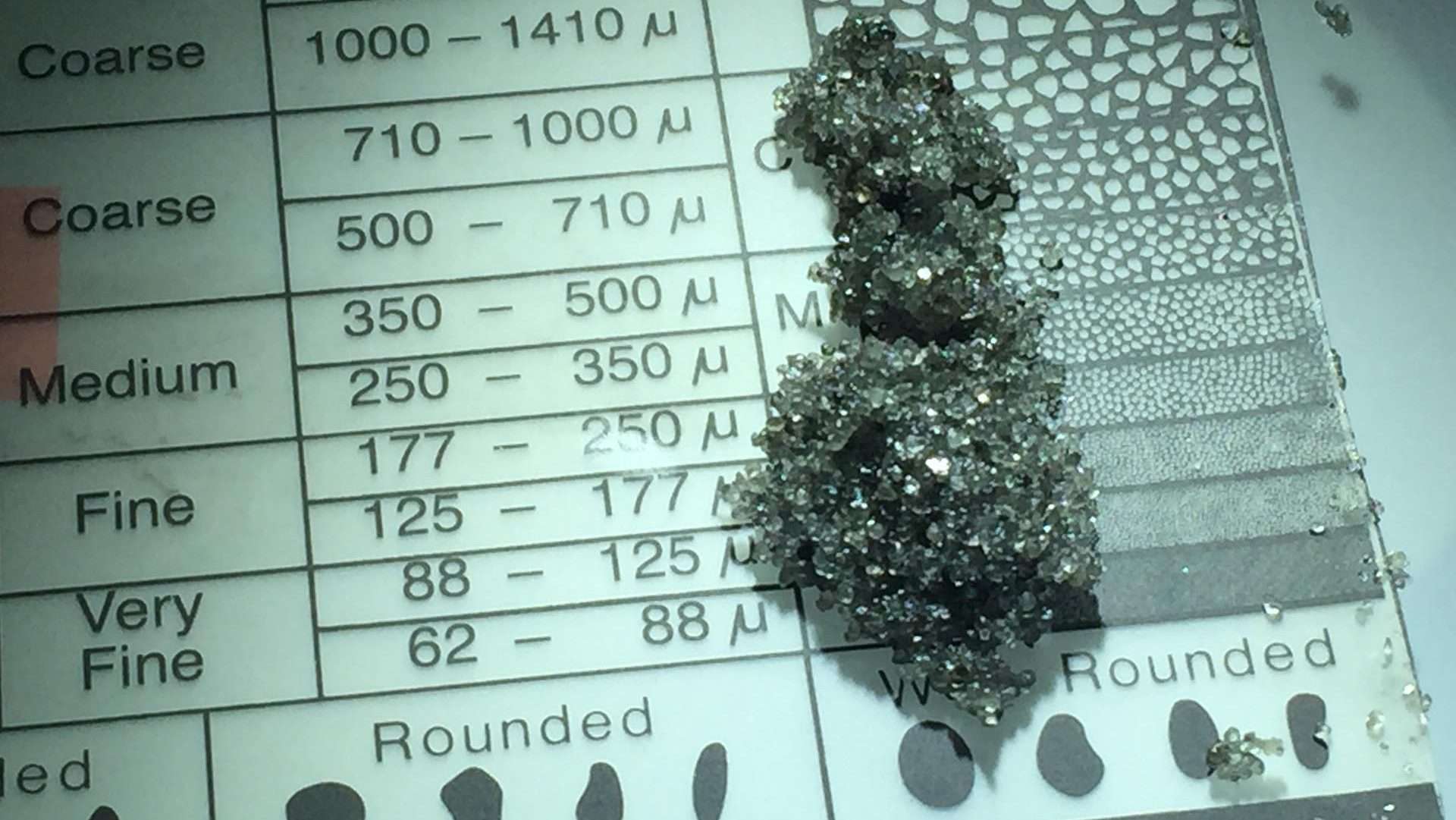Abstract
Conventional laboratory techniques that assess reservoir permeability are constrained to using whole core samples or small diameter plugs. Cores that are recovered from structurally complex terrains often contain numerous vertical to subhorizontal fractures throughout the recovered interval. Application of conventional laboratory tests commonly leads to permeability values that are invalidated due to the presence of the fractures. Where samples are of suitable quality for conventional tests, the resultant Kmax values may be skewed to reflect zones of unfractured rock, thus excluding intervals of significant fracture development. Fractured intervals commonly contain significant volumes of hydrocarbons and form the main migration pathway for the hydrocarbons to the wellbore.



